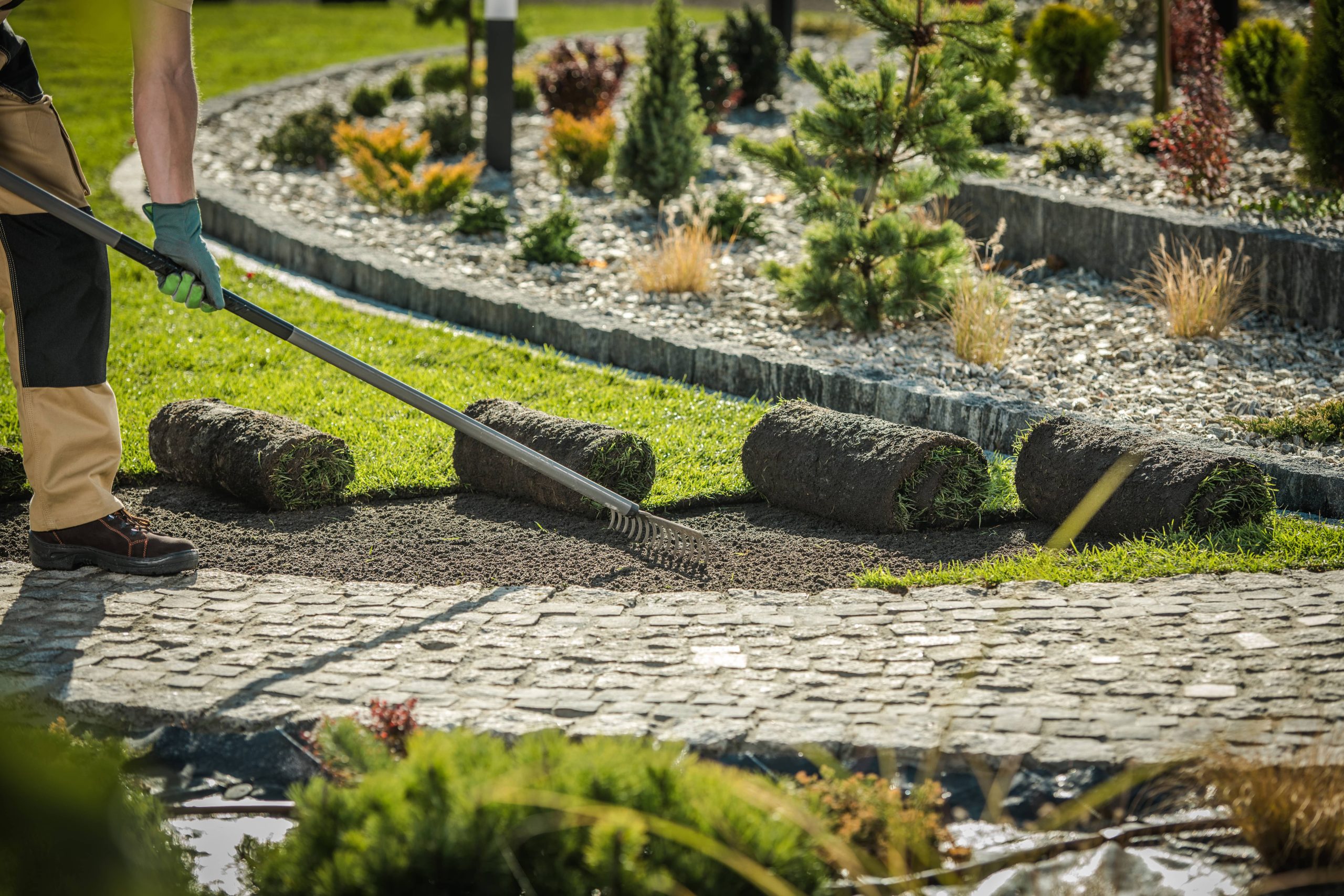
Gardening offers a wonderful opportunity to connect with nature, embellish your living space, and even enjoy the benefits of homegrown produce. While it’s easy to be dazzled by the vibrant blooms of spring and summer, creating a garden that maintains its charm throughout all four seasons is truly a gardener’s masterpiece. Designing a garden with year-round appeal ensures that you enjoy a feast for the senses in every month of the year. Let’s explore how to create a garden that stands proud in every season.
Embrace Trees and Shrubs
Trees and shrubs form the backbone of a garden and can be chosen for various textures, colors, and forms. When selecting trees and shrubs, look for those that offer different seasonal attributes, such as flowers in spring and summer, berries in autumn, and interesting bark or evergreen foliage in winter.
For example, the Japanese maple is renowned for its stunning fall foliage and can be a spectacular centerpiece in your garden. Holly, with its glossy green leaves and red berries, provides interest during the cold winter months. By mixing deciduous and evergreen species, your garden will retain structure and interest, even in the depths of winter.
Seasonal Perennials
Incorporating a diverse range of perennials ensures that different parts of your garden come alive as the seasons change. Spring favorites such as tulips, daffodils, and crocuses herald the end of winter with a burst of color. Summer can be dominated by the grandeur of lilies and coneflowers, while the rich hues of asters and sedum lend an autumnal charm.
Planning is key with perennials. Create a layout that allows each plant to shine in its season and ensure you have ground cover and foliage plants to fill in gaps when certain perennials die back. Hostas and ferns, for instance, provide lush greenery and can serve as a beautiful backdrop or filler.
Annual Flowers for Extended Color
Although they last only a season, annuals bring intense colors and variety to your garden. Incorporating them into your planting scheme can provide continual blooms from spring through to late autumn. Consider marigolds, petunias, and impatiens for a summer-long display, and then turn to pansies and ornamental cabbage for a late-year flourish.
Rotate your annuals each year for renewed vibrancy, adapting the color palette as you discover which combinations work best for your garden’s settings and your personal taste.
Evergreens Aren’t Just Green
Evergreens are a staple for a year-round garden, providing foliage that’s full of life during the dormant months. However, this category is more diverse than the name suggests. The additions of blue spruce, with its bluish tinge, or golden cypress, add variant colors that catch the eye even in winter.
Incorporate junipers or dwarf pines for their structural presence and unique form. Remember that different varieties of evergreens can create different textures, from the glossy leaves of a magnolia to the soft needles of a fir.
Engaging Your Senses
A year-round garden isn’t just about visual appeal. By including a variety of sensory elements, you can create a multi-dimensional experience. Fragrant flowers like lavender and jasmine can bring delightful scents, while plants with rustling leaves or those that attract wildlife enhance auditory interest.
Consider installing a small water feature for tranquil background sounds. Add a few bird feeders or a birdbath to attract local wildlife, offering you a dynamic and lively scene, even when the plants are dormant.
Hardscape for All Seasons
Hardscape elements such as paths, patios, and walls provide year-round structure and beauty. They are especially important in winter months when the garden might be less lush. Consider using natural stone or bricks that add warmth and contrast to the plantings.
Garden furniture, sculptures, or other decorative features can also contribute to the garden’s aesthetic, offering focal points when plant life is sparse. Choose items that are weather-resistant so that they can remain on display throughout the year, adding continuity to the garden’s appearance.
Layered Planting for Depth and Variation
Layering involves organizing plants by height and habit to create a sense of depth and interest. Taller plants should be placed towards the back or center of the garden bed, with shorter plants towards the front. This approach not only maximizes the visual appeal but also ensures that each season has its standout moments.
Layered planting also helps with controlling pests and disease, supporting wildlife, and making maintenance tasks, like watering and weeding, more efficient. Consider using ground covers like creeping thyme to add a continuous greenscape, which contributes to a full and lush year-round look.
Plan for Seasonal Change
Finally, plan for the seasons intentionally. This may mean that some beds are left to rest in winter while others take center stage. It could involve adding mulch in late autumn to keep garden beds warm and tidy. Seasonal maintenance like pruning, deadheading, and planting bulbs for spring should be on your calendar.
Record your plan, keeping a garden journal to note what works and what doesn’t. This will help you make changes in subsequent years to enhance your garden’s year-round appeal.
In conclusion, creating a garden with year-round appeal requires thought, planning, and a little bit of creativity. But the reward is a living space that provides beauty, sanctuary, and inspiration at every turn of the year. By combining a mix of trees and shrubs, seasonal perennials, annuals, and thoughtful hardscaping, you’ll have a garden that is always in its element, no matter the season. Enjoy the ever-evolving vista, and relish the sensory pleasures your four-season garden offers. Happy gardening!







